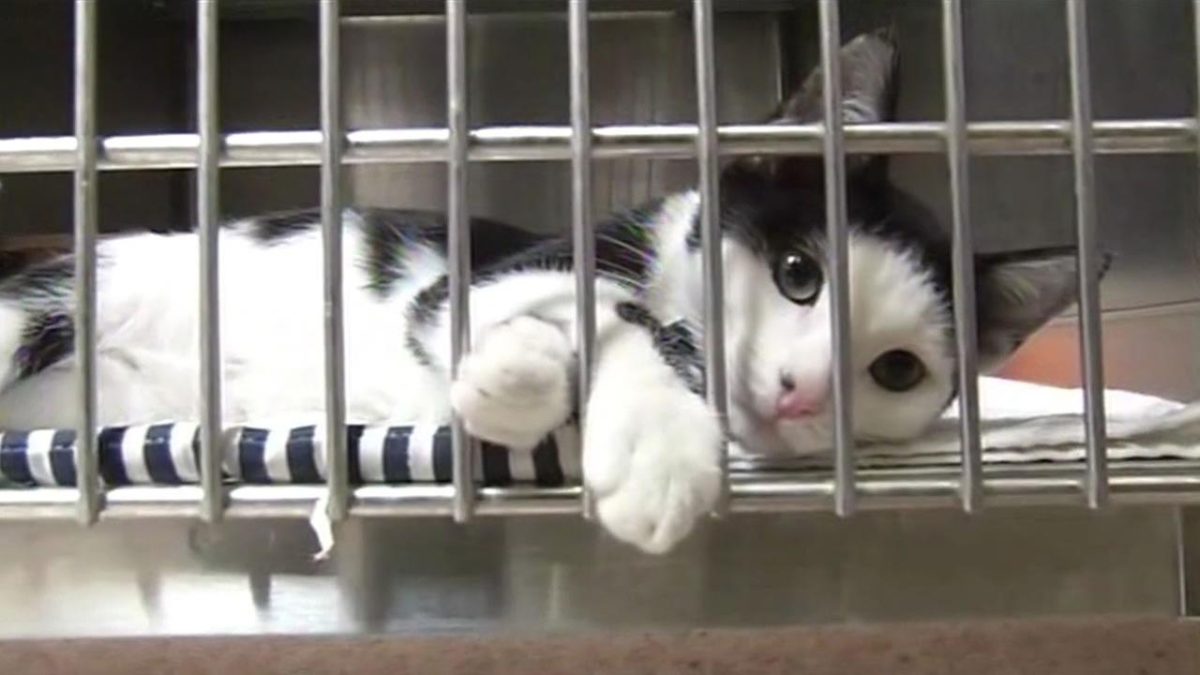
Michael Eckert, Editor
The Times-Herald
911 Military St.
Port Huron, MI 48060
Dear Mr. Eckert,
The Editorial Board of The Times-Herald recently published an OpEd claiming that achieving No Kill in the county shelter is a “fairy tale” for “dreamers.” (Editorial Board, Don’t leave dreamers to run animal shelter, The Times-Herald, Dec. 15, 2016.) The Board urged local officials to ignore the “Bambi-talk” and continue killing animals. They also urged the police department which runs the pound to continue to ban “dangerous breeds such as pit bulls.”
The evidence is clear: banning dogs by the way they look doesn’t make anyone safer, but it does kill a lot of dogs. It is also motivated by discrimination, not science. (See, e.g., Balko, R., The dirty secret behind banning certain dog breeds, Washington Post, Oct. 26, 2016.)
But that aside, admittedly there was a time when No Kill was a dream. We dreamed it anyway. And because we did, it no longer is. We now have a solution to shelter killing and it is not difficult, expensive, or beyond practical means to achieve. Unlike the “adopt some and kill the rest” form of animal sheltering that dominates in counties like St. Clair, MI, and is responsible for the needless killing of millions of animals every year, No Kill communities are saving upwards of 99% of all animals entrusted to their care. By working with people, embracing lifesaving programs, and treating each life as precious, a shelter can transform itself.
There is perhaps no better example than in Michigan itself. In 2007, Michigan shelters were killing close to 120,000 animals. In 2015, it was about 27,000. Out of 80 counties with shelters, over 50 are now saving at least 90%. Michigan now has more communities saving over 90% of the animals than any other state. Chippewa County, MI, for example, saved 98% of dogs and 98% of cats. Midland County saved 99% of dogs and 98% of cats. Roscommon saved 100% of dogs and 99% of cats. Marquette saved 97% of dogs, 96% of cats, and 97% of rabbits, hamsters, ferrets, and other animals.
This mirrors results across the country. Nationally,
- 1,000,000 people live in communities where the municipal shelter is saving at least 98% of the animals;
- 10,000,000 people live in communities where the municipal shelter is saving at least 90% of animals; and,
- 40,000,000 live in communities saving at least 80%.
These communities cut across every demographic in the U.S. Some are large, taking in 20,000 animals a year, and some are smaller, taking in a few thousand. Some are in the North and some in Southern states. Some are relatively affluent, with high per capita median incomes, and some have higher rates of poverty. Some urban; others rural. But despite their differences, what they all have in common is a rejection of the status quo, a passion for saving lives, a “can do” attitude that finds solutions rather than hides behind excuses, and the process they all used to get there—the cost-effective programs and services of the No Kill Equation.
Quite simply, something cannot be impossible if it has already been achieved. But even if it was, even if No Kill remained a mere “dream,” we must still not give in to cynicism. What kind of society would we be living in if our forebears gave in to the defeatism and short-sightedness of the Editorial Board of the St. Clair Times-Herald?
Thanks to people who refused to give up on dreams, in just a few generations we ended monarchies and replaced them with democracies. In a short time historically, we went from the Pony Express to the Internet, and from a slave-based society to one that elected an African American as our President. We outlawed child labor as well as segregation, we prohibited gender discrimination and granted marriage equality. And now, we have found a solution to the tragedy of shelter killing.
The only thing that stands in its way in those communities which have yet to embrace it—communities such as St. Clair—are antiquated, uninformed voices breeding hopelessness and encouraging complacency with a wholly unnecessary, and deadly, status quo.
Rather than discouragement, the Editorial Board should be celebrating the animal loving dreamers of St. Clair, people who have every right to demand from their taxpayer funded shelters the same protection, care, and respect for the lives of St. Clair’s homeless animals as is already afforded to those in No Kill communities. For if there is one thing history teaches us about moral progress, it is this: that thanks to the dreamers, what is regarded as “impossible” by one generation becomes inevitable to the next.
Very truly yours,
Nathan J. Winograd
No Kill Advocacy Center
————-
Have a comment? Join the discussion by clicking here.